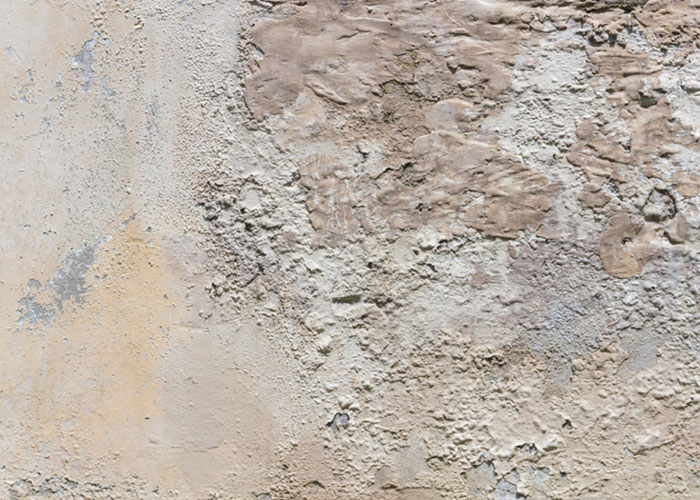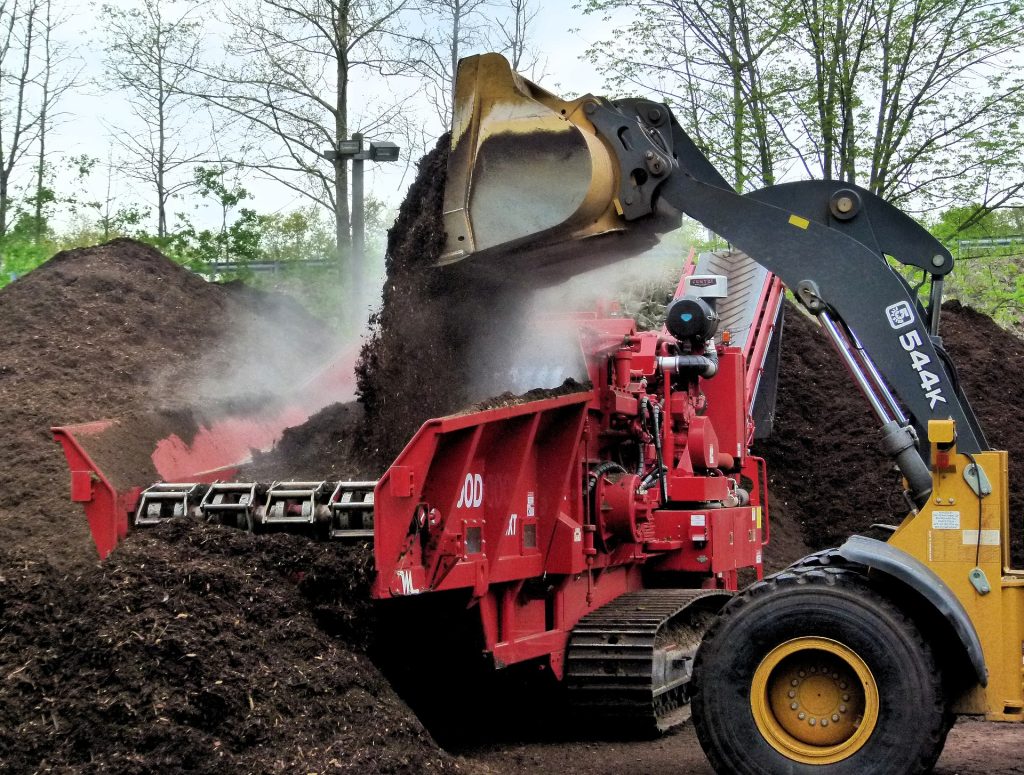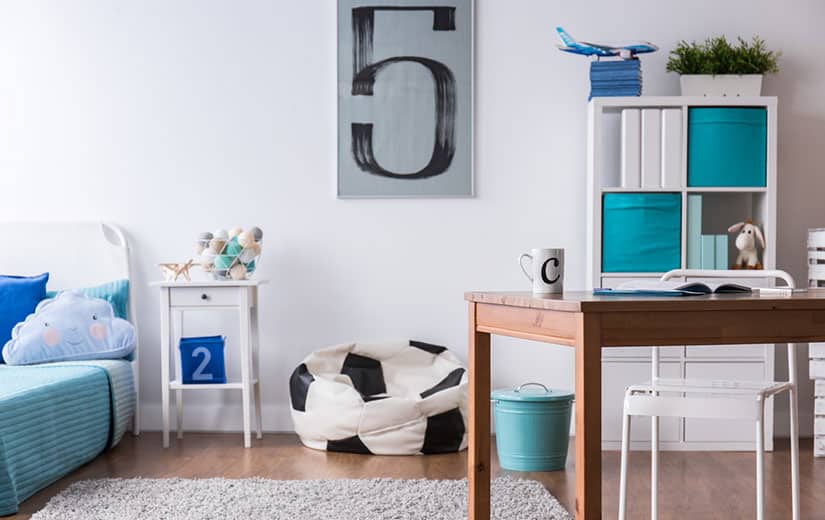Gray or whitish traces are sometimes visible on the interior and exterior walls of an old house. You may not know it, but it is a saltpeter problem, not to be confused with mold. To get rid of this phenomenon, there are solutions. Find out which ones. But first, let us tell you about saltpetre. Difficult to define, it is on the other hand easily identifiable in a house. And it even has health implications. Follow our advice to eliminate it as quickly as possible and prevent its appearance before it’s too late! Say goodbye to saltpetre on the walls thanks to our expert advice.
Summary
Saltpetre: definition and presentation
Saltpeter, which literally means « stone salt », is also called potassium nitrate. Saltpeter consists of mineral salts present in the moisture of the ground. In addition, it forms on contact with masonry and appears on bricks, concrete walls, stones, concrete blocks in the form of an efflorescence.
In fact, saltpeter is the result of a combination of mineral salts contained in groundwater and organic materials from buildings. Groundwater bacteria come into contact with the potassium carbonate in the masonry, which forms saltpetre.
What does it look like ?
Saltpeter can be recognized by these gray or whitish traces found on the exterior and interior walls of a house. Easily identifiable by its white deposit comparable to small crystals, it is most often located at the bottom of walls. However, it is sometimes found in the upper parts of a house, following poorly executed work.
And in some cases, saltpeter is accompanied by other phenomena that should alert you:
- traces of mould;
- peeling paint;
- detachment of wall coverings (wallpaper, plaster, plaster, etc.);
- finally, the walls can also warp under the effect of saltpetre.
Is it dangerous?
Health hazards
Saltpeter is not only devastating for homes. It also represents a danger for humans by having repercussions on health. Indeed, it mainly causes respiratory diseases and risks of allergy.
Be aware that saltpeter can also be the cause of even more serious health problems such as digestive disorders, heart problems, headaches, muscle weakness, dizziness.
Home Hazards
The effects of saltpeter in a home can be devastating. Indeed, under these gray and whitish traces, the saltpetre extends over all the masonry causing heavy damage. And he gradually destroys the materials.
Therefore, saltpeter is not a problem to be taken lightly because once installed, it is difficult to remove. It is necessary to call in a professional to dislodge it from the walls.
If you do nothing, the easy to spot saltpeter will lower the value of your property considerably. Especially since these unsightly stains strongly damage the aesthetics of a house.
Paper peeling
Among the signs that should alert to the presence of saltpeter, there is the detachment of the paper. Indeed, when the wall coverings such as wallpaper, plaster or plaster come off, we can fear the appearance of saltpetre.
Crumbling paint
The saltpeter gradually damages the stone by crumbling it and causing it to turn into powder. Your walls are weakened and in danger of collapsing.
Saltpeter and mold: what are the differences ?
Unlike molds, saltpeter is not a fungus. It is a deposit of mineral salts found mainly on the damp walls of old buildings.
Molds are fungi present in the air, just like bacteria.
The other notable difference between saltpeter and mold is that the former does not give off an odor. On the other hand, molds carry in their furrows malodorous effluvia.
Read also : How to get rid of mold?
Why do I have saltpetre in my house?
Water infiltration
Rainwater can penetrate through the roof or directly through the walls if they have a porous appearance or cracks. Infiltrations can also occur when the joints are not sealed or in the case of clogged gutters.
Generally, the damage first occurs on the exterior before the saltpeter appears on the interior walls of the building.
Unventilated or insufficiently ventilated room
Saltpeter appreciates rooms with little or no ventilation, especially when it comes to a piece of water such as the bathroom. In this case, the risk of saltpeter turns out to be high.
To avoid the appearance of this problem, avoid puddles and dry them quickly before the water stagnates.
Capillary rise
In old houses, saltpeter most often appears by capillary rise. The water contained in the soil then seeps into the masonry, carrying away the mineral salts from the soil. These upwellings bring with them deposits of efflorescence and white crystals.
When the wall dries, the mineral salts remain encrusted in the masonry. We then find gray and whitish traces on the walls, generally at the bottom.
And once the rising saltpeter is installed, it is difficult to dislodge it. Indeed, it tends to stay.
Hydrostatic pressure
Pressure can be exerted on the foundations of a building. This is called hydrostatic pressure, which causes water infiltration and a relatively high humidity level.
Often, this happens when the land is on a slope or when the building is located on a water table, or when rainwater stagnates for a long time.
Favorable temperature for development
Temperatures between 10 and 15°C are ideal for the proliferation of saltpetre.
No wood treatment
In the case of wood that is not treated against humidity, water will infiltrate. Moisture then circulates by capillarity, which generates traces of mold and saltpetre.
Poor household hygiene
Blockages in rainwater or waste water drainage pipes, almost invisible leaks that are permanently installed, wear and tear on joints in joinery, wear and tear on pipes, etc. These problems of poor hygiene in a home can be the cause of the appearance of of saltpeter.
It is therefore advisable to be vigilant in keeping your accommodation in good condition. This will save you from having to deal with the problem of saltpetre in a house.
What are the possible treatments and how much does it cost?
First, to fight against saltpetre, the problem must be treated at the source by stopping the rise of water in the wall. This requires the injection of a hydrophobic resin forming a permanent barrier against humidity. Count between 20 and 200 euros per linear meter for a resin. The price varies depending on the condition of the wall and the type of resin injected.
Then, once the wall is dry, the saltpetre present on the surface should be removed using a treatment. There are two to choose from:
- anti-saltpetre treatment which converts and neutralizes hygroscopic salts. Professionals use this chemical process to combat the effects of saltpeter on walls. The operation then consists in converting the soluble soils into insoluble salts to prevent their migration towards the surface of the walls. This treatment is applied by spraying or injection when the salt concentration is too high;
- the anti-saltpetre treatment which fixes the hygroscopic salts. This remedy is used especially when it is impossible to wait for the complete drying of the wall. This professional product acts as a physical barrier preventing the migration of salts to the surface of the wall. The application is carried out with a brush in two successive coats.
Count on average between 20 and 500 euros per linear meter depending on the solution chosen.
To note : the professional will be able to establish a complete humidity diagnosis. This is optional, but highly recommended. Using devices, he will be able to measure the humidity level and the expansion of it in your home. In addition, this study will make it possible to find the most suitable solution. For a diagnosis, plan an envelope between 300 and 800 euros on average depending on the surface to be covered.
Preventive advice
There are preventive treatments to guard against the problem of saltpetre. Indeed, prevention is better than having to get rid of gray or whitish marks on the walls of your house.
Electric dehumidifier
The dehumidifier helps control the humidity in a room. It can be particularly useful in a wet room like the bathroom.
Choose your equipment carefully according to the room and the air flow of the device in order to regulate the humidity level as well as possible. You will also have to select your dehumidifier according to other criteria such as the sound level and the possible setting of the humidistat.
Water repellent
It is a good treatment to use in prevention against saltpetre. Apply the water repellent in several layers. This protects water infiltration by preventing the appearance of traces.
This type of product is suitable for both interior and exterior walls. You can also apply it on the roof and horizontal surfaces.
Surveillance
In first intention, to avoid the inconvenience of saltpeter, it is better to be vigilant. To do this, make sure that the water does not stagnate in the water features of the house or on your land.
In the event of inefficient ventilation, redouble your vigilance by ventilating regularly. If you notice the slightest anomaly, do not wait for problems to appear. Contact a moisture professional right away.
Read also: House maintenance: tips for cleaning your house




